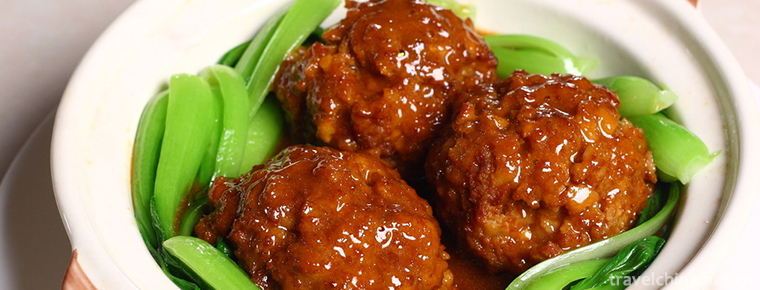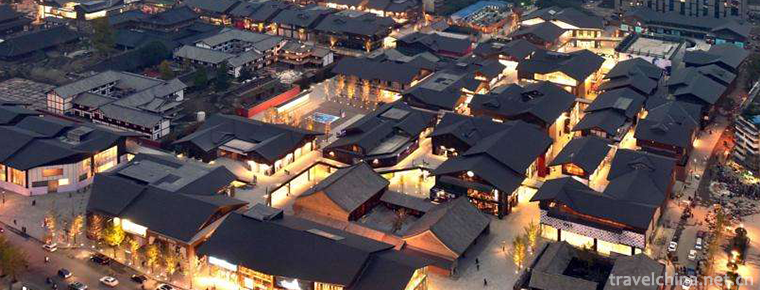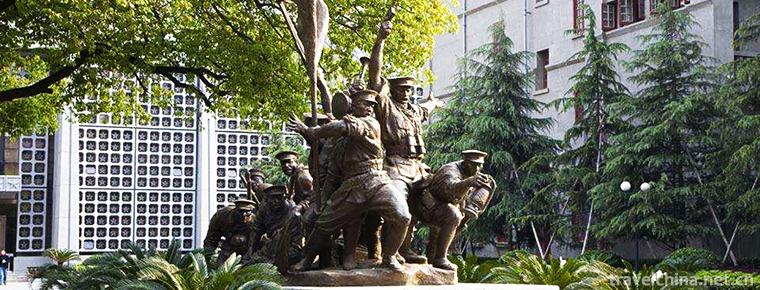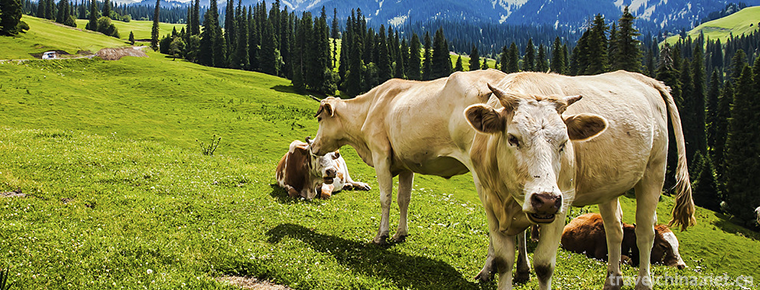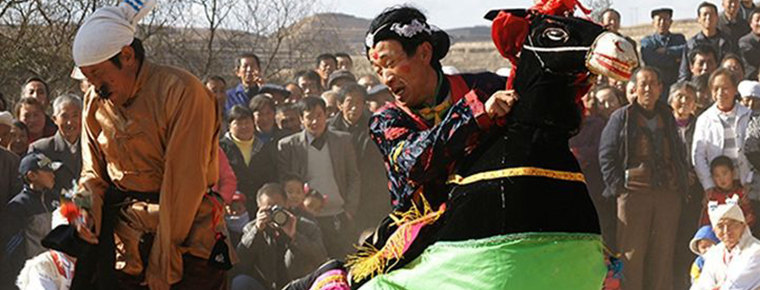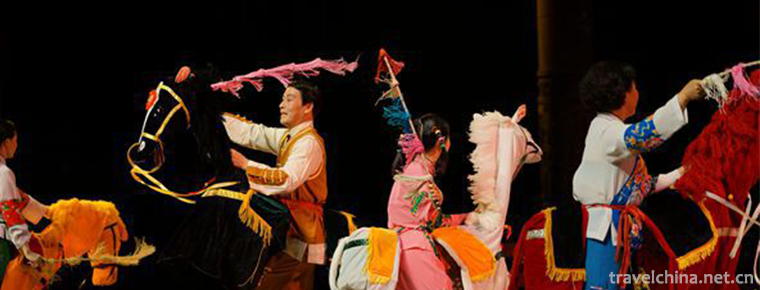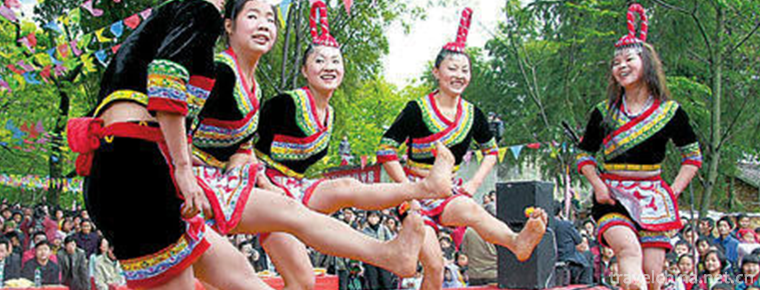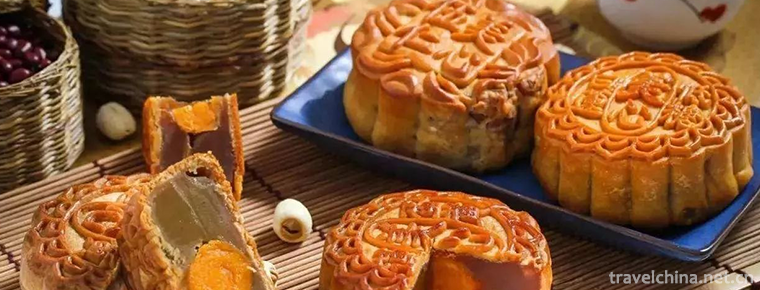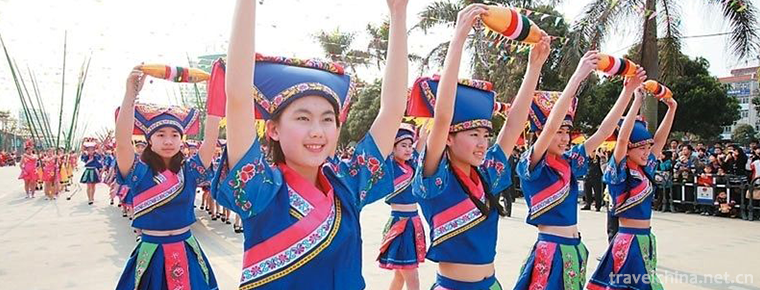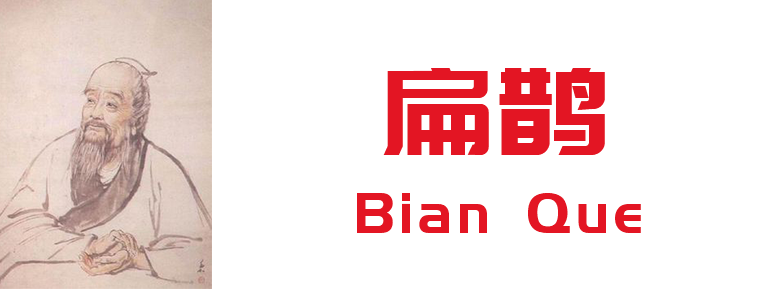Timago of Tujia Nationality
Timago of Tujia Nationality
The Tujia Tima song, also known as the "Tujia Tima Goddess Song", is an ancient song sung in Tujia language in the activities of Tujia Tima. It mainly distributes in Longshan, Yongshun, Baojing and Guzhang counties of Youshui watershed in Western Hunan. It has a long history, rich connotation and rich characteristics, and has a far-reaching impact on Tujia humanities and society. It is a long, singing epic with a vast structure and vast space. It gives a valuable account of Tujia history, ethnic migration, astronomy and geography, belief taboos, religious philosophy, production and labor, and living customs. It is a precious cultural heritage of Tujia folk literature in the Tujia and Miao Autonomous Prefecture of Western Hunan, and is known as an encyclopedia for studying all aspects of Tujia.
On June 7, 2008, the "Tujia Timago" declared by Longshan County of Hunan Province was listed in the second batch of national intangible cultural heritage list with the approval of the State Council. Number 567 I-80.
historical origin
Tima Ge is a precious cultural heritage of Tujia folk literature in Tujia and Miao Autonomous Prefecture of Western Hunan. It mainly distributes in Longshan, Yongshun, Baojing and Guzhang Tujia inhabited areas in Youshui watershed of Western Hunan. It has a long history, rich connotation and rich characteristics, and has far-reaching impact on Tujia humanities and society.
Tima Ge is an ancient song sung in Tujia language in Tima activities. "Tima" is a pronunciation translation of Tujia, and "Tima" refers not only to a primitive religious ceremony of Tujia, but also to the Tujia language address of wizards, that is, "people who worship God".
Timago is a long, singing epic with a large structure and a vast space. It describes the history of Tujia people, the migration of ethnic groups, astronomy and geography, taboos of belief, religious philosophy, production and labor, and customs of life. It takes the Tujia folk sacrificial rites as the carrier and is handed down from generation to generation. It integrates poems, songs, music and dances, showing the extensive historical content and social life content of Tujia people.
Longshan, Yongshun, Baojing and Guzhang are located in the northwest border of Hunan Province. The geographical reasons for the long-term preservation of Tujia primitive culture lie in the overlapping mountains and gullies in the region and the lack of large-scale cultural exchanges with the outside world in history.
Among the total population of Longshan, Yongshun, Baojing and Guzhang counties, ethnic minorities such as Tujia account for 64.8%, which is the most densely populated area in the whole country. Longshan County Indigo House, Tasha, car wash river, Miaoertan, farm cars, Longtou, Jiashi, Liye, Changtan, Yanchong, Neixi and other townships still have Tujia language, which is the best preserved area of the national family language. Tujia folk culture with language as its carrier is handed down from generation to generation.
Four counties, Longshan, Yongshun, Baojing and Guzhang, belonged to the central part of Guizhou in the Pre-Qin Dynasty, Qianzhong County in the Qin Dynasty and Wuling County in the Han Dynasty.
Liangzhi Daxiang County, Chenzhou in Sui Dynasty, Daxiang in Tangzhixi Prefecture and Santing County. After Liang Kaiping established the Chieftain Regime in Xizhou, the people of the four counties experienced a history of chieftain rule for 877 years. The people of the four counties share the same vein, water, people and ancestors, and folklore. In the long process of historical development, they have jointly created the Tujia folk culture which is full of stars. Timago is one of the wonderful flowers.
In the eyes of Tujia people, "Tima" is a mysterious messenger to communicate between human beings and gods. He can not only express people's prayers to God, but also convey God's will to people. He is not only the spokesman of God, but also the spokesman of man. However, because Tujia people have language and no words, whether they pray for God or propaganda for God, they can only express themselves in language rather than in words. Therefore, Timago has been handed down orally in the center of Tujia people for generations through the medium of Tujia language. In this way, Tima, who has mastered this knowledge and skill, occupies a prominent social position in the Tujia family. In ancient times, Tima was able to participate in the decision-making of important issues of the tribe, predict good or bad fortune for the tribe with their well-known divination skills, and use their unique witchcraft to pray for the tribe people and to ward off disease and evil, thus being respected by the people. Tima has the right to mediate civil disputes and intervene in civil weddings and funerals. Marriages between men and women must be permitted by Tima. In Yongzheng period of Qing Dynasty, the power of Tima was weakening day by day, but it still had a significant and profound impact on Tujia people's daily life.
Timarge of Tujia nationality exists in Longshan's indigo house (foot of slope), Tasha, farm car, car wash River (Ganxi), Miaoertan (Fengxi), Longtou, Jiashi, Neixi, Liye (Yanchong, Changtan), Baojing's Wanmipo town, Tucha, Bil, Chaoyang, Mercury, Yezhuping, Qingshui, Maogou, Dato, Purong, Renaissance, Qianling, Yongshun county's Songbai, Wangping, Fuzhi, Fuzhi. Yongmao, Lingxi, Granular Sand, Shidi, Shouche, Daoha, Qingping, Hongshilin Town of Guzhang County (eggplant, broken dragon) and more than 20 townships.
Inheritance value
Timargo is praised by experts as an encyclopedia for studying all aspects of Tujia nationality. Its main value lies in its literary and artistic value, folklore research value and linguistic value.
Tima Ge is a national ancient song sung in the activity of "Sheba Day" of Tujia nationality. It is a combination of rhyme and prose in form. It adopts a combination of Romanticism and realism. It has a strong literariness in rhetoric, rich vocabulary, peculiar imagination and vivid image. In contrast with Quyuan's Nine Songs, Tujia scholars once thought that the value of Timague was "enlightening and historical witnessing to the study of Qufu" (Peng Rongde and Wang Chengyao collated and interpreted the Preface of Timague). At the same time, the dance vocabulary of Tima Ge is very rich. The main movements are cross-stepping, step-stepping, gossip-stepping, horse-riding, horse-running, spinning and dancing knife, and copper bell dancing. The copper bell is not only a dance instrument, but also a musical instrument. It is in harmony with bullhorn and knife, forming a unique dance melody. Tima sings as she dances. Her movements are elegant and vigorous. She integrates singing and dancing, forming a long dance poem that expresses both narrative and singing and dancing.
Tima Ge covers almost everything from Tujia ethnic origin, ethnic migration, ethnic sacrifice to child-bearing, production and life. Some "Divine Songs" also convey the knowledge of celestial phenomena, phenology, agricultural time, farming, cooking and reproduction, which has played a very good role in guiding people's production and life.
Local dialects are important materials for the study of local history and culture. Tujia language is a local independent language that still exists today. In Timago, Tujia vocabulary is very rich, and it is a precious material of Tujia history and Hunan cultural history.
A Tima Ge, with hundreds of thousands of foreign words, covers almost everything from Tujia's national origin, ethnic migration, ethnic sacrifices to the birth of children, production and life. It deserves to be called "the living fossil of studying all aspects of Tujia" by experts and scholars.
In 2006, the Tujia Timag was identified as the first list of intangible cultural heritage projects in Hunan Province. In 2008, it was designated as the second batch of national intangible cultural heritage list projects. The intangible cultural heritage protection center of Longshan County is the main body of the project.
Current situation of inheritance
Inheritor
Peng Jilong, the inheritor of Tujia Timago, is a native of Shuangping Village, Neixi Township, Longshan County, Hunan Province. Tujia was born on November 23, 1949. His father, Peng Wugeng, is an old Tima of more than 20 generations.
Peng Jilong grew up in the Tujia area, deeply influenced by Tujia culture. He followed his father Peng Wugeng at the age of 10 and became an artist at the age of 15. In November 1993, he first participated in the Tujia Waving Hand Festival in Longshan, Hunan Province, China, and performed Timago. He signed up in 1998 and formally became a teacher in charge of Tima.
For a long time, Peng Jilong has never forgotten to learn from folk artists, collect and excavate folk cultural materials, especially in the study of Timago. Peng Jilong inherited the Tima song rich in content, the performance form is clumsy, primitive, with its unique image won the unanimous praise of experts, scholars and audiences.
Peng Jilong will be invited to participate in major festivals and inheritance activities of intangible cultural heritage in the Hunan-Hubei-Chongqing border area. People admire this disseminator of Tujia culture.
With the state attaching great importance to the protection of intangible cultural heritage, Peng Jilong and his Tima performance team have been continuously developed and gradually improved. They are well-known in the Hunan-Hubei-Chongqing border area and are deeply welcomed and loved by the masses. Every year, they receive many visiting experts and scholars from home and abroad, and provide them with a lot of valuable information. At the same time, he often participates in various cultural activities, especially in recent years to cooperate with the protection and inheritance of cultural heritage, performing more complex, perennial activities in Hubei, Xiangxi, Zhangjiajie and other places. On December 26, 2005, the Longshan County Party Committee and County Government awarded Peng Jilong the Longshan County Literature and Art Outstanding Contribution Award, which was awarded the "County Excellent Folk Artists". On June 9, 2006, it was awarded the title of "Excellent Inheritor of intangible cultural heritage" by Longshan County People's Government. On March 14, 2007, Peng Jilong was awarded the title of "inheritor of ethnic and folk cultural heritage of Tujia and Miao Autonomous Prefecture in Western Hunan" by the people's government of Xiangxi Prefecture. In April 2007, Peng Jilong was awarded the title of "inheritor of national folk cultural heritage in Longshan County" by the Longshan County People's Government. On May 19, 2007, the performance of the 50th Anniversary of Tujia Recognition and Tujia Academic Seminar on the original ecological culture was outstanding. It was highly praised by the Committee of Art College of Hubei University for Nationalities of the Communist Party of China and awarded a certificate of award.
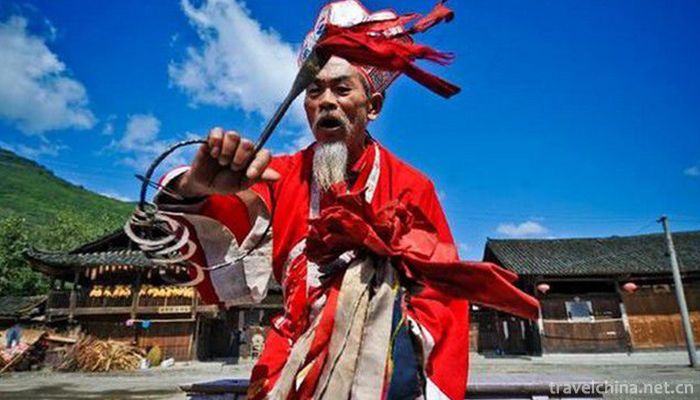
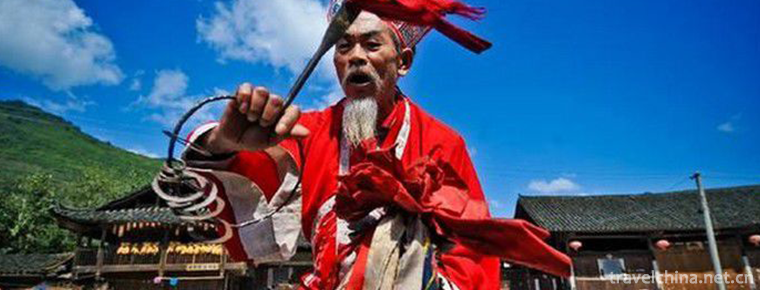
Timago of Tujia Nationality
-
Stewed Pork Ball in Brown Sauce
Lion head is a traditional dish in the Huaiyang cuisine of Yangzhou, Jiangsu, China. Legend has it that Lion's Head began in the Sui Dynasty
Views: 401 Time 2018-10-27 -
Yan Nanfei Tea Field Scenic Area
Yannan Fei Tea Field Resort, located in Yanyang Town, Meixian District, Meizhou City, is the first AAAA-level tourist attraction in eastern Guangdong Province, and has been upgraded to 5A-level touris
Views: 198 Time 2018-12-12 -
Chengdu Maoye JW Marriott Hotel
Chengdu Maoye JW Marriott Hotel is located in Tianfu Square, the heartland of Chengdu. It is about 30 minutes'drive from Chengdu Shuangliu International Airport to the hotel, opening the extraordinary
Views: 244 Time 2018-12-16 -
Bayi Memorial Hall in Nanchang
The Bayiyi Memorial Hall in Nanchang was established in 1956 and officially opened to the outside world on October 1, 1959. In 1961, it was announced by the State Council as the first batch of key nat
Views: 189 Time 2018-12-31 -
Narati Scenic Spot
Narati Tourist Scenic Area, located in Xinyuan County, Xinjiang, is located in the hinterland of Tianshan Mountains, the eastern end of the Ili Valley, with a total planning area of 960 square kilomet
Views: 74 Time 2019-02-07 -
Jingbian donkey
Jingbian Donkey Running, a traditional dance in Jingbian County, Yulin City, Shaanxi Province, is one of the national intangible cultural heritage.
Views: 297 Time 2019-05-08 -
Mulian Opera
Mulian Opera is an ancient opera with religious story "Mulian Save Mother" as its theme, which is preserved in folk activities. It is the first opera that can be tested at present. It is kno
Views: 139 Time 2019-06-06 -
March 3 She Nationality
March 3rd is the traditional festival of She nationality. Every year in this festival, a grand song is held, and ancestors worship Valley God, singing and dancing. It is very lively. In addition, we h
Views: 207 Time 2019-06-14 -
Traditional craftsmanship of moon cakes
Guo Dulin Jin-style moon cakes are Shanxi specialty. They are simple in shape, mellow in taste, crisp and refreshing, sweet but not greasy. They are famous for their crispness, delicacy, sweetness, me
Views: 212 Time 2019-07-16 -
Song pool of the Zhuang nationality
Song pool of the Zhuang nationality is a form of Festival gathering and singing activities held by the masses of the Zhuang nationality at a specific time and place.
Views: 313 Time 2019-08-16 -
Bian Que
Bian Que (407 BC - 310 years ago) Ji surname, Qin Shi, name slowly, the word Yue people, also number Lu medicine, the spring and Autumn period and the Warring States period famous doctor. The spring a
Views: 165 Time 2019-09-06 -
Shenhai well
Zigong Shenhai well is located at the foot of ruanjiaba mountain in Da'an District, covering an area of 3 mu, with an altitude of 341.4 meters. The well was excavated in the third year of Daoguang in Qing Dynasty (1823 A.D.) and completed in the 15th year of Daoguang (1835 A.D.), which lasted 13 years
Views: 180 Time 2020-10-15
